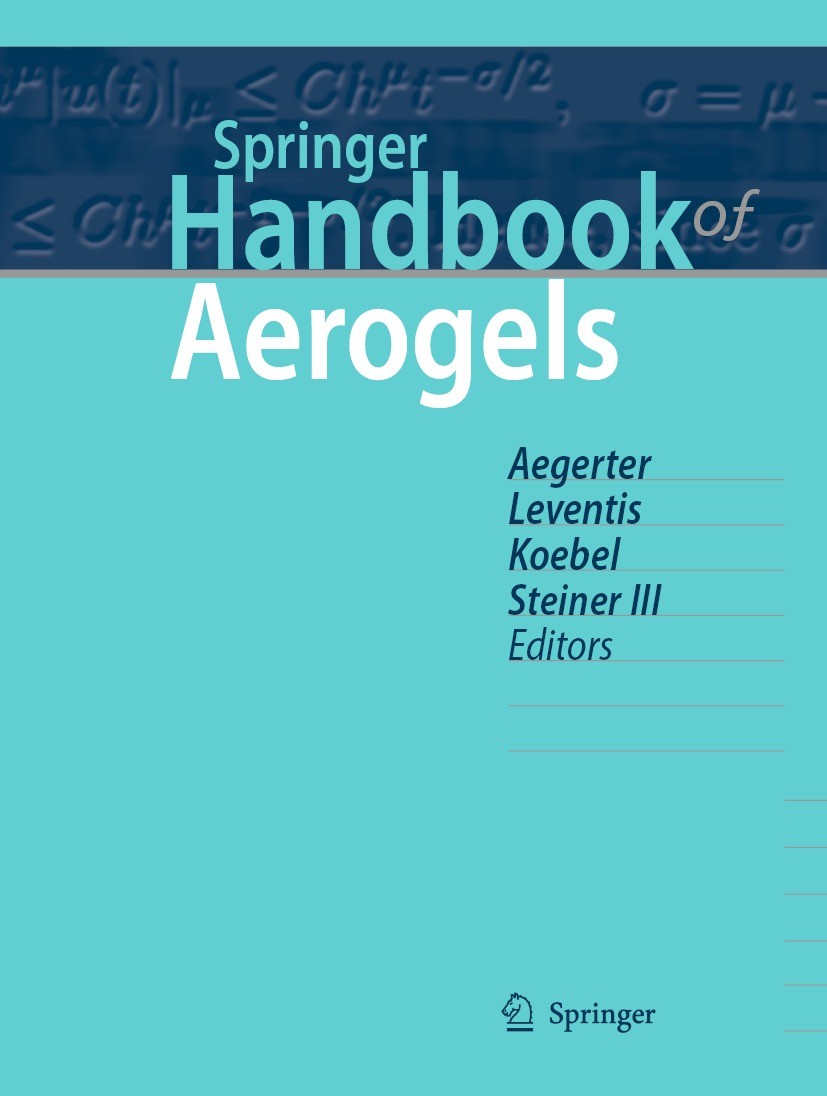| 书目名称 | Springer Handbook of Aerogels | | 编辑 | Michel A. Aegerter,Nicholas Leventis,Stephen A. St | | 视频video | http://file.papertrans.cn/875/874957/874957.mp4 | | 概述 | Covers best practices for materials characterization and equipment design.Features in-depth coverage of all types of organic, inorganic, and composite aerogels, from silica based aerogels to polymer a | | 丛书名称 | Springer Handbooks | | 图书封面 |  | | 描述 | .This indispensable handbook provides comprehensive coverage of the current state-of-the-art in inorganic, organic, and composite aerogels – from synthesis and characterization to cutting-edge applications and their potential market impact. Built upon Springer’s successful Aerogels Handbook published in 2011, this handbook features extensive revisions and timely updates, reflecting the changes in this fast-growing field. .Aerogels are the lightest solids known to man. Up to 1000 times lighter than glass and with a density only four times that of air, they possess extraordinarily high thermal, electrical, and acoustic insulation properties, and boast numerous entries in Guinness World Records. Originally based on silica, R&D efforts have extended this class of materials to incorporate non-silicate inorganic oxides, natural and synthetic organic polymers, carbon, metal, and ceramic materials. Composite systems involving polymer-crosslinked aerogels and interpenetrating hybrid networks have been developed and exhibit remarkable mechanical strength and flexibility. Even more exotic aerogels based on clays, chalcogenides, phosphides, quantum dots, and biopolymers such as chitosan are op | | 出版日期 | Book 2023 | | 关键词 | inorganic aerogel; organic aerogel; composite aerogel; exotic aerogel; history of aerogels; properties of | | 版次 | 1 | | doi | https://doi.org/10.1007/978-3-030-27322-4 | | isbn_ebook | 978-3-030-27322-4Series ISSN 2522-8692 Series E-ISSN 2522-8706 | | issn_series | 2522-8692 | | copyright | Springer Nature Switzerland AG 2023 |
The information of publication is updating

|
|
 |Archiver|手机版|小黑屋|
派博传思国际
( 京公网安备110108008328)
GMT+8, 2025-12-15 23:58
|Archiver|手机版|小黑屋|
派博传思国际
( 京公网安备110108008328)
GMT+8, 2025-12-15 23:58


